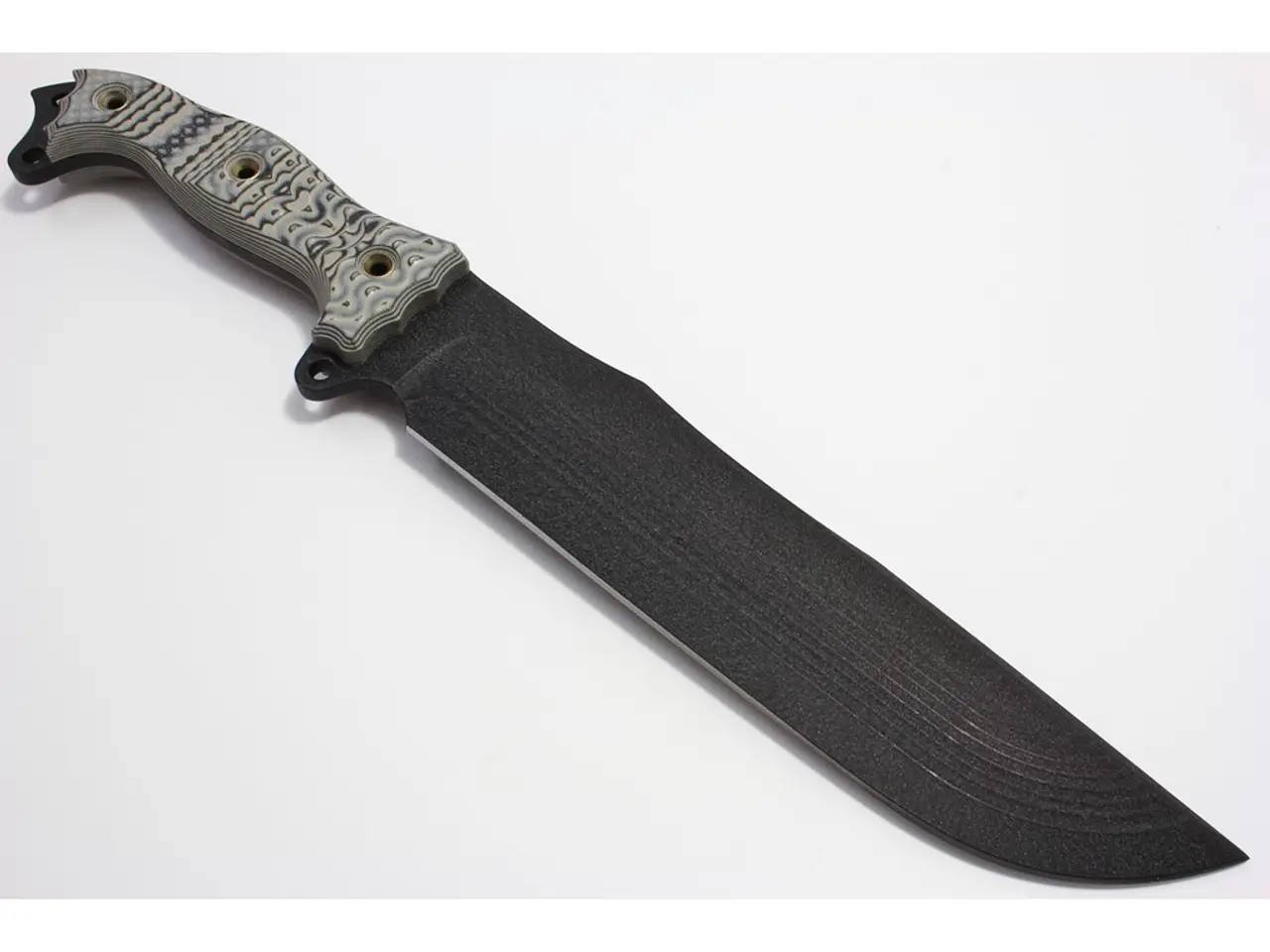Minimally Invasive Surgical Technique Using Nanotechnology: Nano-scalpel Procedure
In the ever-evolving world of cancer treatment, a new technique known as NanoKnife Surgery, or Irreversible Electroporation (IRE), is making waves for its potential to improve patient outcomes and quality of life. However, it's essential to note that NanoKnife is not a universal solution for all types of cancer.
This innovative approach uses laparoscopic or percutaneous techniques, involving small incisions and long, thin tools, or insertions through the skin, respectively. The procedure is particularly suitable for tumors in easily accessible areas like the lungs and kidneys, as well as those in more delicate locations, such as the prostate.
At the heart of NanoKnife is the delivery of short, high-voltage electrical pulses through thin needles, known as probes, to target cancer cells. These pulses create nano-pores in the cancer cells' membranes, leading to their destruction, while preserving the surrounding healthy tissue, collagen matrix, and critical structures such as nerves and blood vessels.
One of the significant advantages of NanoKnife is its precision. It spares nerve bundles and sphincters, which is especially important for preserving erectile function and urinary continence. Clinical outcomes suggest high rates of continence (95–99%) and potency preservation (80–88%) compared to traditional radical surgery, which offers lower continence (49–79%) and potency rates (30–45%).
Another advantage is the minimally invasive nature of NanoKnife, making it an outpatient procedure with minimal incisions. This leads to faster recovery times and reduced risk of complications compared to conventional surgery or radiation. Additionally, unlike thermal therapies, NanoKnife does not rely on extreme temperatures, which helps prevent collateral damage to delicate tissues near the tumor.
NanoKnife is particularly beneficial for tumors in anatomically challenging locations, such as the anterior prostate, and can be used after failed radiation therapy or when patients are not candidates for other treatments. While long-term oncological data are still being collected, early results indicate good local control for appropriately selected intermediate-risk, MRI-visible, localized cancers.
In comparison to traditional treatments, NanoKnife is associated with faster recovery and fewer major side effects. A comparison table highlights these differences:
| Feature | NanoKnife Surgery (IRE) | Traditional Surgery/Radiation | |------------------------|---------------------------------|------------------------------------| | Tissue Preservation | High (spares nerves/tissue) | Low (risk of collateral damage) | | Continence Rate | 95–99% | 49–79% | | Potency Preservation | 80–88% | 30–45% | | Invasiveness | Minimally invasive | More invasive | | Recovery Time | Faster | Slower | | Use of Heat | No | Sometimes (radiation/thermal) | | Suitability | Localized, intermediate risk | Localized to advanced disease |
In conclusion, NanoKnife Surgery stands out for its ability to precisely target cancer while minimizing damage to surrounding tissues, leading to superior functional outcomes and faster recovery compared to traditional cancer treatments. It is especially advantageous for select patients with localized, intermediate-risk prostate cancer and challenging tumor locations. Long-term oncological results are still under investigation, but the technology is rapidly gaining acceptance and regulatory approval worldwide.
As with any medical procedure, it's crucial to discuss the suitability of NanoKnife surgery with a doctor, considering factors like the type and location of the tumor, overall health, and other treatment options. Studies suggest that NanoKnife surgery can be curative for certain types of cancer, but its potential benefits should be weighed against the risks and the individual patient's circumstances.
This innovative approach, NanoKnife Surgery or Irreversible Electroporation (IRE), is beneficial for medical-conditions like cancer, particularly localized, intermediate-risk cases, and those in anatomically challenging locations. It improves health-and-wellness by sparing surrounding healthy tissue during treatment, leading to faster recovery times and reduced risk of complications compared to traditional surgical methods or radiation. However, more research is required to confirm long-term oncological results. Consulting with a healthcare professional is essential to determine the suitability of NanoKnife for individual cancer-cases, considering factors like the type and location of the tumor, overall health, and other potential treatment options.




